Product details
Stegosaurus Dinosaur Bone from the World famous Hell CReek formation in Montana. Stegosaurus was a very iconic dinosaur that still invokes interest from people of all ages.
The Stegosaurus is one of the most iconic and recognizable dinosaurs that roamed the Earth during the late Jurassic period, approximately 155 to 150 million years ago. Characterized by its distinctive array of plates and spikes, the Stegosaurus has fascinated scientists and dinosaur enthusiasts alike. It was a herbivorous dinosaur that lived primarily in what is now North America, with evidence suggesting it may have also inhabited parts of Europe.
Physical Characteristics
Stegosaurus is best known for its striking double row of large, bony plates that run along its back and its tail tipped with spikes, often referred to as the “thagomizer.” These physical attributes have been the subject of extensive study and debate among paleontologists.

Body Structure
Size: Stegosaurus was a large dinosaur, with an estimated length of about 30 feet (9 meters) and a height of around 14 feet (4.2 meters). It weighed between 5,000 to 7,000 pounds (2,268 to 3,175 kilograms), making it a formidable presence in its environment.
Head: Its head was small compared to its body, equipped with a beak-like mouth that was ideal for stripping leaves and vegetation. The brain of Stegosaurus was surprisingly small for its size, about the size of a walnut, which has led to much discussion about its intelligence.
Limbs: The Stegosaurus had strong, pillar-like hind limbs and shorter forelimbs, giving it a unique gait and posture. This difference in limb length suggests it may have had a somewhat tilted stance, with its head closer to the ground for feeding.
Plates and Spikes
Plates: The most distinctive feature of Stegosaurus is its dermal plates. These plates, which could grow up to 2 feet (60 centimeters) tall and wide, were embedded in the skin rather than attached directly to the skeleton. Their arrangement and purpose have been debated; they may have served for thermoregulation, protection, or display.
Spikes (Thagomizer): The tail of Stegosaurus was equipped with four long spikes, each possibly up to 4 feet (1.2 meters) in length. This thagomizer was likely used as a defensive weapon against predators.
Behavior and Ecology
Diet
Stegosaurus was an herbivore, feeding primarily on low-lying plants. Its toothless beak and simple, peg-like teeth suggest it may have eaten ferns, cycads, and other vegetation close to the ground. Some paleontologists speculate that Stegosaurus could rear up on its hind legs to reach higher foliage, though this behavior remains speculative.
Social Behavior
There is limited evidence regarding the social behavior of Stegosaurus. Some fossil findings suggest they may have lived in groups, as several skeletons have been found in proximity. However, whether this indicates social behavior or is simply a result of fossilization processes remains unclear.
Predators and Defense
Living in an environment shared with large carnivorous dinosaurs like Allosaurus and Ceratosaurus, Stegosaurus had to be vigilant against predators. Its plates and spiked tail would have been essential for defense. The thagomizer, in particular, could deliver powerful blows to deter attackers.
Stegosaurus Fossils
Discovery and Naming
The first Stegosaurus fossils were discovered in the late 19th century. The genus name, Stegosaurus, means “roofed lizard” or “covered lizard,” a reference to its distinctive back plates. Othniel Charles Marsh, a prominent paleontologist, named the dinosaur in 1877.
Fossil Sites
Most Stegosaurus fossils have been found in the Morrison Formation, a sedimentary rock formation in the western United States known for its rich dinosaur fossil beds. This formation spans parts of Colorado, Wyoming, Utah, and New Mexico. Notable fossil sites include Dinosaur National Monument and the Cleveland-Lloyd Dinosaur Quarry.
Notable Specimens
Sophie the Stegosaurus: One of the most complete Stegosaurus skeletons, discovered in Wyoming in 2003 and now housed at the Natural History Museum in London. Sophie’s skeleton has provided valuable insights into the anatomy and posture of Stegosaurus.
Dinosaur Ridge: Located near Morrison, Colorado, Dinosaur Ridge is a famous site where numerous Stegosaurus fossils have been uncovered. The site offers a glimpse into the environment and ecosystem in which Stegosaurus lived.
Fossil Formation and Preservation
The process of fossilization involves the gradual replacement of organic material with minerals, preserving the remains of organisms over millions of years. In the case of Stegosaurus, its bones, teeth, and sometimes impressions of its skin have been found. The preservation of these fossils depends on various factors, including sedimentation, mineral composition, and environmental conditions.
Theories and Debates
Plate Function
The function of Stegosaurus’s plates has been a topic of much debate among scientists. Several theories have been proposed:
Thermoregulation: One hypothesis suggests that the plates helped regulate body temperature. The large surface area of the plates may have allowed Stegosaurus to absorb or dissipate heat, acting as a form of natural air conditioning.
Defense: Another theory is that the plates provided protection against predators. However, their placement and structure may not have been optimal for defense, leading some to doubt this hypothesis.
Display and Communication: The idea that plates were used for display and communication, perhaps to attract mates or intimidate rivals, has gained traction. The variation in plate size and shape among individuals supports this theory, suggesting they may have had a role in species recognition or social interactions.
Intelligence and Brain Size
The small brain size of Stegosaurus relative to its body size has led to assumptions about its intelligence. Some scientists have speculated that it relied more on instinct than complex thought processes. However, brain size does not always correlate directly with intelligence, and Stegosaurus may have possessed the necessary cognitive abilities to survive in its environment.

Paleontological Significance
Stegosaurus holds a special place in paleontology, both for its unique anatomy and its role in the history of dinosaur research. It was one of the first dinosaurs to be mounted and displayed in museums, capturing the public’s imagination and contributing to the popularization of dinosaurs.
Prehistoric 101 (Learn about fossils, minerals, and meteorites)
Tyrannosaurus Rex: The Dinosaur for All
Trex: Learn all About TyrannosaurusWhat is a Spinosaurus?
Spinosaurus: The Giant of Kem Kem?
Tell me about Dinosaurs
Discovering Prehistoric Life and Fossils
















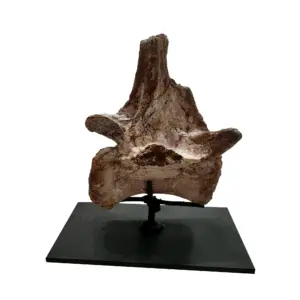

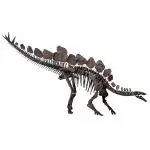
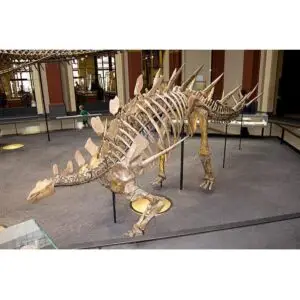
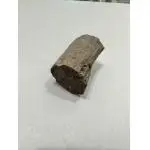
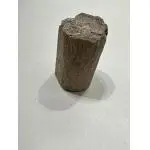
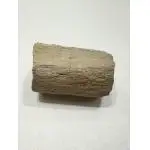


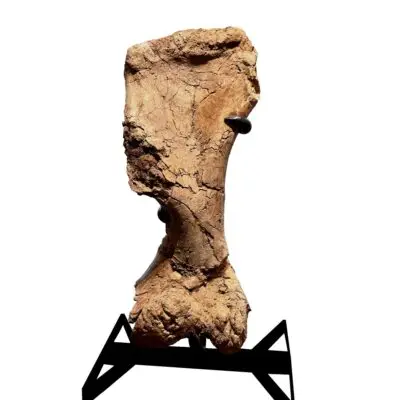
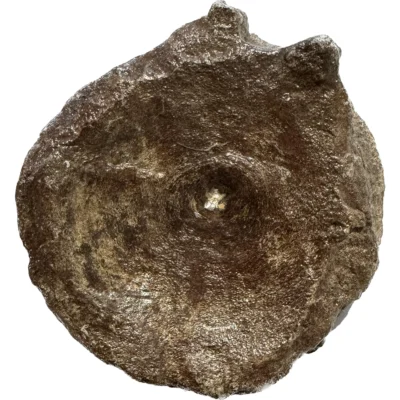
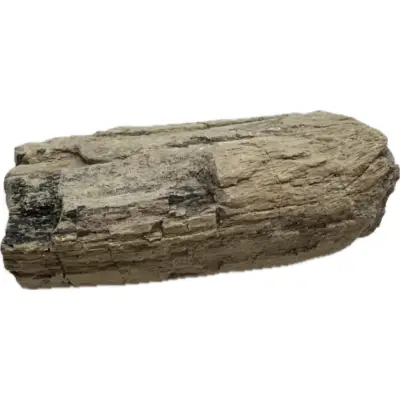
There are no reviews yet.